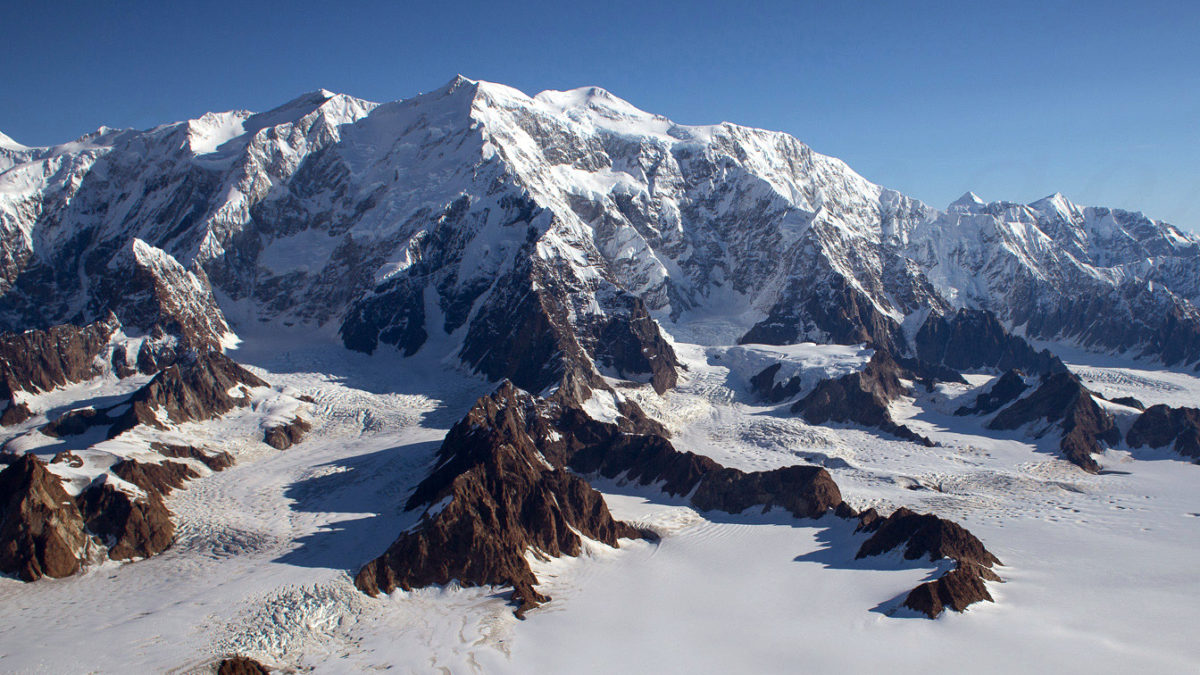Why are Mount Logan So Prominent?
Unveiling the Majesty: Understanding Mount Logan's Prominence
Mount Logan

As the highest mountain in Canada and the second-highest peak in North America after Denali, Mount Logan commands attention with its towering presence and majestic beauty. Named after Sir William Edmond Logan, a pioneering Canadian geologist and founder of the Geological Survey of Canada (GSC), Mt Logan holds a special place in the hearts of adventurers, mountaineers, and nature enthusiasts alike. But what makes Mount Logan so prominent? In this comprehensive exploration, we delve into the geological, geographical, and cultural factors that contribute to Mt Logan’s prominence, uncovering the secrets of Canada’s tallest peak.
Geological Formation: The Power of Plate Tectonics
Mount Logan owes its towering height and prominence to the dynamic forces of plate tectonics that have shaped the landscape of the Canadian Rockies over millions of years. The mountain is part of the St. Elias Mountain Range, which extends along the border between Alaska, Yukon, and British Columbia and is characterized by its rugged terrain and towering peaks.
The geological history of Mt Logan dates back to the Late Cretaceous period, when tectonic collisions between the North American and Pacific plates uplifted the region and formed the foundation for the Canadian Rockies. Over time, the forces of erosion and glacial activity sculpted the landscape, carving out deep valleys and exposing the rocky peaks that define the region today.
Glacial Sculptors: Ice Age Legacy
During the last Ice Age, vast glaciers covered much of the North American continent, shaping the landscape and leaving behind a legacy of glacial features that are still visible today. Mount Logan’s prominence is due in part to the extensive glaciation that once enveloped the region, carving out deep valleys and steep-sided peaks as the glaciers flowed downhill.
Although the glaciers have retreated since the end of the Ice Age, Mt Logan remains home to numerous glaciers, including the Hubbard Glacier and the Logan Glacier, which continue to shape the landscape through their slow but relentless movement. These glaciers serve as a reminder of the powerful forces of ice that once shaped the Canadian Rockies and continue to influence the region’s geology today.
Cultural Significance: Indigenous Perspectives
For indigenous peoples of the region, Mount Logan holds deep cultural and spiritual significance, serving as a sacred landmark and source of cultural identity. The mountain is part of the traditional territories of several indigenous First Nations, including the Champagne and Aishihik First Nations and the Kluane First Nation, who have inhabited the region for thousands of years.
For indigenous communities, Mount Logan is more than just a geological feature—it is a symbol of resilience, strength, and connection to the land. Traditional stories and legends passed down through generations celebrate the mountain’s importance in indigenous culture, highlighting its role as a source of inspiration and reverence for those who call the region home. Just as we know Why are Mount Bisoke So Prominent?
Mountaineering Legacy: Conquest of the Heights
Mount Logan’s prominence is further enhanced by its status as a premier destination for mountaineers seeking to test their skills and challenge their limits. Since its first ascent in 1925 by a team of Canadian climbers led by Albert MacCarthy, Mt Logan has attracted adventurers from around the world eager to conquer its towering summit.
The mountain offers a variety of climbing routes and challenges, ranging from technical ice and rock climbing on the steep slopes to long, arduous approaches through remote alpine terrain. For mountaineers, reaching the summit of Mount Logan represents the ultimate achievement, a testament to skill, determination, and the spirit of exploration.
Conclusion: A Symbol of Majesty and Grandeur
As we conclude our exploration of why Mount Logan stands so prominent, we are reminded of the mountain’s enduring legacy as a symbol of majesty and grandeur in the Canadian wilderness. From its geological origins to its cultural significance and mountaineering legacy, Mt Logan captivates the imagination and inspires awe in all who behold its towering heights.
Whether admired from afar or conquered by mountaineers seeking to test their limits, Mount Logan remains a towering symbol of the power and beauty of the natural world. As Canada’s highest peak, Mt Logan stands as a testament to the timeless forces of geology, the resilience of indigenous cultures, and the spirit of adventure that defines the human experience.
Know More about Mount Logan.
What Are The Tourist Places Nearest to Mount Logan?
When Were Mount Logan Formed?
Where Are Mount Logan Located?
Who Discovered Mount Logan?
How to Reach Mount Logan?




